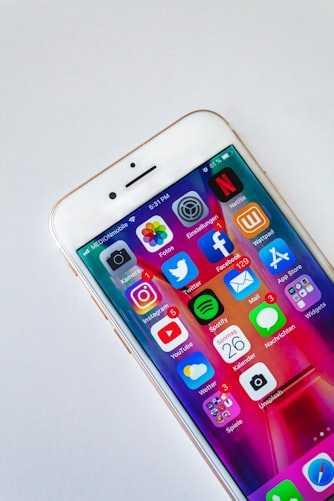Customer Discovery
Startups should aim to develop the first product for a small target market via a Minimum Viable Product (MVP). The object of the MVP is to get a product out there for the early adopters (called earlyvangelists here) to play with.
Putting out an MVP forces developers to focus on the important features, not the bells and whistles. The product can be refined once there’s customer feedback.
2.4K
8.64K reads
CURATED FROM
IDEAS CURATED BY
The organization can be confusing. While this manual takes the reader sequentially through the necessary tasks of starting up the startup.
“
The idea is part of this collection:
Learn more about entrepreneurship with this collection
How to start a successful business
How to build a strong team
How to market your business
Related collections
Similar ideas to Customer Discovery
Minimum Viable Product
The Minimum Viable Product is the simplest, most basic form of a product or service, which can be sold in the market. This doesn't have all of the bells and whistles but has enough features to work. Basically, it is good enough but not perfect.
Releasing an MVP allows one to get feedback at...
Squads are encouraged to apply Lean Startup principles
Squads are encouraged to apply Lean Startup principles such as MVP (minimum viable product) and validated learning. MVP means releasing early and often, and validated learning means using metrics and A/B testing to find out what really works and what doesn’t. This is summarized in the slogan “Thi...
Launching Your Product
One of the tenets of Agile software development is to get a working piece of software out the door as early as possible and then see how it behaves, how people use it, what should be changed, how to build on it, and so on.
Startups have generally adopted the concept of using a
Read & Learn
20x Faster
without
deepstash
with
deepstash
with
deepstash
Personalized microlearning
—
100+ Learning Journeys
—
Access to 200,000+ ideas
—
Access to the mobile app
—
Unlimited idea saving
—
—
Unlimited history
—
—
Unlimited listening to ideas
—
—
Downloading & offline access
—
—
Supercharge your mind with one idea per day
Enter your email and spend 1 minute every day to learn something new.
I agree to receive email updates
